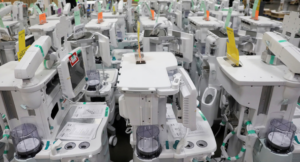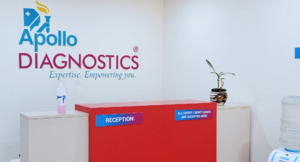South India plays a significant role as a global leader, particularly in the services sector, with a spotlight on healthcare, tourism and economic growth. The summit, which brought together industry leaders, policymakers, and innovators, marked a defining moment for South India as a dynamic force in economic growth and healthcare excellence,” said Ms Shobana Kamineni, Past President of CII and Executive Vice Chairperson of Apollo Hospitals at the closing of the CII Mystic South – Global Linkages Summit 2025.
“As a region accounting for 31% of India’s GDP, South India continues to outpace the national average in annual growth, showcasing its resilience, innovation, and economic dynamism. India supplies 20 percent of global pharmaceuticals to the world. The IT, ITeS, and biotechnology sectors stand at the forefront of South India’s global economic footprint,” she stressed.
Key to the region’s future growth, Ms Shobana pointed out the need for continuous investment in infrastructure, digital connectivity, and sustainable solutions. “We must invest in smarter cities, renewable energy, and a workforce ready for the challenges of emerging technologies to maintain our leadership in services and healthcare,” she pointed out.
South India is home to some of the country’s leading hospitals and medical institutions, including Apollo Hospitals, Narayana Health, and Manipal Hospitals, which have set global benchmarks in medical excellence. “South India has become a beacon of healthcare innovation, with cities like Chennai, Bengaluru, Hyderabad, and Kochi not only offering cutting-edge treatments but also driving groundbreaking medical research,” she added.
Over the past two days, attendees engaged in deep discussions, exploring South India’s contributions to India’s economic landscape. The summit also witnessed the announcement of several collaborations and partnerships aimed at enhancing South India’s infrastructure and healthcare capabilities. These initiatives are expected to bolster the region’s leadership role, further aligning with its commitment to developing smarter cities and sustainable solutions.
With several data-driven insights and success stories from industry leaders, the summit illuminated the tangible progress made in South India’s healthcare and service sectors. The region’s increasing focus on digital connectivity and green technologies is laying the foundation for its future leadership on the global stage.
Looking ahead, the summit has set the stage for South India’s next phase of growth. With its commitment to innovation, education, and sustainability, South India stands poised to lead the charge in shaping a resilient and globally competitive future. The summit has created a pathway for continued collaboration, ensuring the region’s role as a dynamic force in the global economy.
As the summit concluded, participants left with renewed confidence in South India’s ability to drive India’s global ambitions forward. With its integrated approach to innovation, education, and healthcare, South India is well-positioned to continue its leadership in shaping the future of services and healthcare on the global stage. SMEStreet









